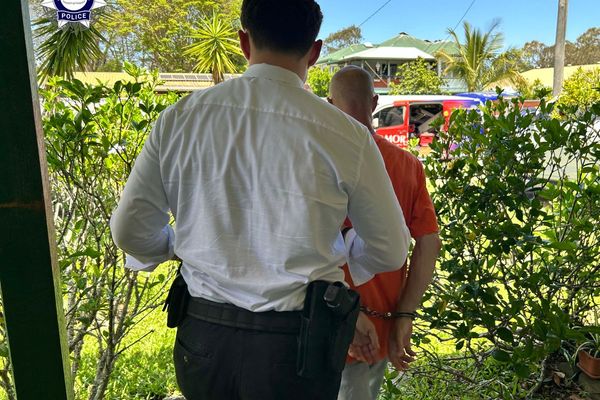
Liz Truss’s plan to help consumers and businesses with their energy bills this winter appear to finally be taking shape. The new prime minister reportedly plans to keep bills for a typical households at or below the current price cap level of £1,971. Bills had been due to go up 80% to £3,549 from 1 October and potentially as much as £5,000 next year.
Exact details of the policy are yet to be announced but there have been estimates it could cost as much as £130bn over the next 18 months. In reality, predicting the cost is difficult as it depends on the volatile price of natural gas.
What has been suggested?
A freeze on bills for consumers to cover this winter and maybe all next year too. The squeeze on gas supplies exacerbated by Russia’s invasion of Ukraine means there are few signs prices are likely to ease soon, forcing the government to act. This policy would see ministers overrule the energy regulator, Ofgem, and effectively set the price households pay. National Energy Action estimates that keeping the cap at its current level would prevent 4.4m entering fuel poverty from October.
How would the freeze work?
The government would guarantee financing to energy suppliers to cover the difference between the cap and what they would have charged. Under one scheme, first mooted by ScottishPower, commercial banks would put money into a state-backed fund. Another option would be a fund directly held by the Treasury. Retail suppliers could then draw on this fund to freeze customer bills. The debt built up by suppliers would be repaid by consumers, either through a surcharge on bills or from wider taxation over a 10- to 15-year period.
It is understood the Treasury likes the commercial bank option because it removes the debts from its balance sheet. For companies, the plan would effectively mean swapping out riskier customer debts from people who cannot afford to pay their bills with more secured government-backed debt. But the RBC Capital analyst, John Musk, cautions: “There are limitations with the policy as it will do little to incentivise energy efficiency and the £130bn suggested price tag is highly dependent on future commodity prices, as is the rate at which this ‘debt’ will gradually be clawed back if, and when, energy costs fall.”
There is also a question over how people on pre-payment meters, whose price cap is higher than the £1,971, are handled. “There is a moral question over whether they should really have to pay more if you’re freezing prices for everyone else. [The government] may look at that cohort and decide they should pay the same level,” says Martin Young, a senior analyst at Investec.
How would it be paid for?
There are three ways Truss could fund her plans: other tax rises elsewhere, spending cuts, or more public borrowing. The latter would add to a the budget deficit – the gap between government spending and revenue – that was already expected to be high this year due to a mix of factors: growth weakened by Brexit and Covid, rising pressure on public services, and ballooning interest payments on government debt amid sky-high inflation.
Earlier this year, the Office for Budget Responsibility forecast borrowing this year would come in at about £99bn, giving the government about £30bn of headroom within financial limits set by Rishi Sunak. Most commentators expect those rules will need to be ripped up, at least temporarily, to deal with the worsening energy crisis.
Despite this, Britain’s overall debt pile of more than £2tn has been steadily ratcheted higher by successive annual deficits, leaving it close to 100% of GDP. The prospect of further adding to this has stoked concern in financial markets over the government’s ability to manage the public finances sustainably.
Critics of Truss’s plan, including Sunak, have warned that markets losing faith could worsen the situation by pushing up government borrowing costs. Putting more money in consumers’ pockets could also fuel higher inflation, forcing the Bank of England to raise interest rates by more than anticipated – creating a different kind of economic headache.
However, economists say freezing energy prices could help to stop headline consumer price inflation rate from peaking at a higher level. This would help limit the rise in borrowing costs on the government’s inflation-linked debt. The consultancy Capital Economics said inflation may now peak close to 11%, up from 10.1%, rather than a much higher level, calling the Truss package an “effective but expensive sticking plaster”.
What about businesses?
Businesses are not subject to the price cap and are facing huge rises in bill from next month. Truss is reportedly ready to approve a plan for a £40bn package to support them. The cost is cheaper than the consumer estimates because businesses who use large amounts of power can usually negotiate lower energy prices.
There are two options to implement this – either setting a guaranteed unit price that businesses will pay, or a percentage cut or unit price reduction that all energy suppliers must offer firms, Bloomberg reported. The government would then reimburse suppliers for their losses and review the price of energy charged to businesses quarterly. It is hoped the policy could be implemented in October, when many long-term energy deals run out for firms.
Are there industry measures too?
The government is also considering proposals to encourage low carbon electricity generators to switch from older Renewables Obligation Certificate contracts to Contracts for Difference. This could allow companies to reduce the wholesale cost of electricity, and therefore bills, in the short-term in return for a more predictable longer-term income. Regulators are examining options to cut the link between the wholesale price of gas and electricity, although this is unlikely to be in place to help this winter.







